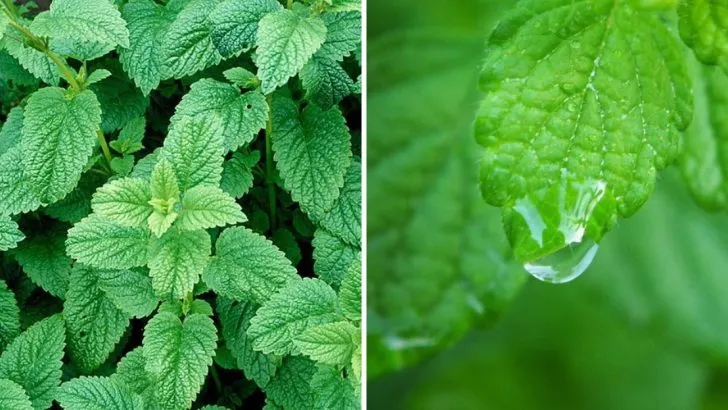At first glance, lemon balm seems like the perfect herb—fragrant, cheerful, and supposedly easy to grow. It doesn’t ask for much in terms of soil or water, and it bounces back quickly if trimmed. But spend a season or two with it, and you’ll probably notice it has a way of taking more than it gives.
Left unchecked, lemon balm can spread fast and get a little pushy with its neighbors. It seeds itself freely, grows thick, and can quickly turn a tidy herb bed into a bit of a mess. It’s not that it’s difficult to grow—it’s that it grows too well. Knowing what you’re in for can help you decide where (and how) to plant it so it works with your garden, not against it.
Rapid Growth
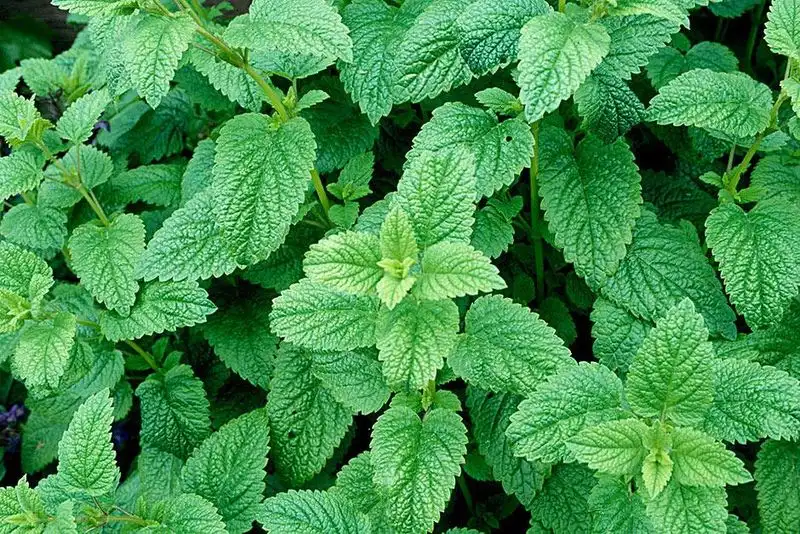
Lemon balm can quickly take over your garden if left unchecked. Its rapid growth is reminiscent of a verdant wildfire, spreading swiftly across your carefully curated beds.
This enthusiasm for expansion might appeal initially, but soon you’ll find yourself trimming and managing its vigorous sprawl. Regular pruning becomes essential to maintain balance and prevent it from outcompeting neighboring plants.
For gardeners seeking a more subdued herb, lemon balm’s aggressive nature can be overwhelming and demanding of time and patience.
Water Sensitivity
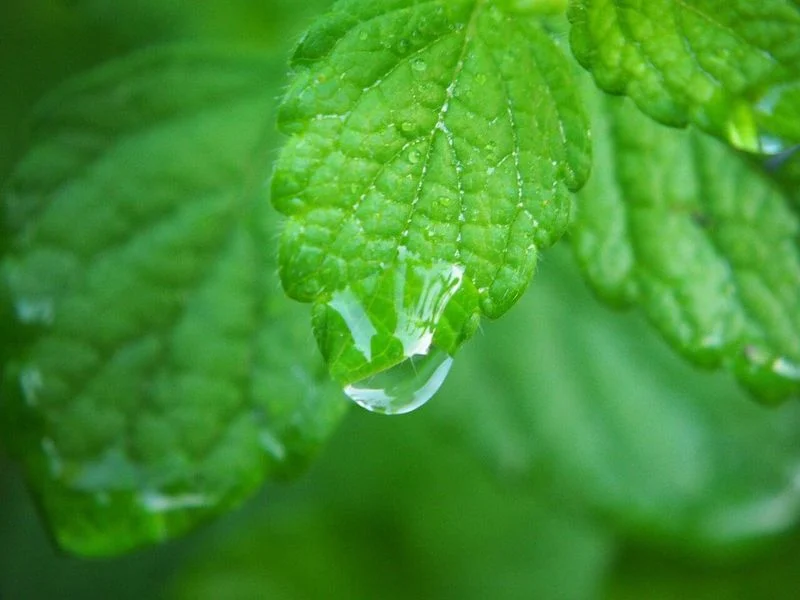
Delicate yet demanding, lemon balm’s water needs are precise. It’s a plant that thrives on balance; too much water can lead to root rot, while too little results in wilting leaves.
A gardener must master the art of hydration—observing soil conditions closely and adjusting watering habits to suit its fickle needs.
This constant monitoring can become a chore, especially for those who prefer a more hands-off approach. Despite its hardy appearance, lemon balm’s hydration requirements make it less low-maintenance than expected.
Soil Preferences
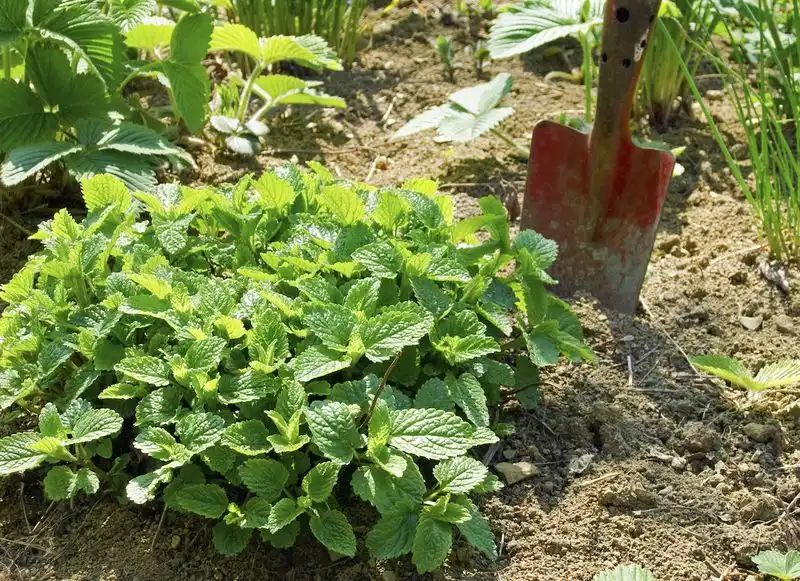
Surprisingly choosy, lemon balm exhibits clear preferences when it comes to soil. It flourishes best in well-drained, sandy loams enriched with organic matter.
If planted in heavy clay or nutrient-poor soils, its growth will falter, exhibiting yellowed leaves and stunted development. Adjusting your garden’s soil to meet these specific needs can be labor-intensive, requiring regular amendments and attention.
For those who assumed this herb was undemanding, lemon balm’s soil finickiness can be a surprising hurdle in its care.
Insect Attraction
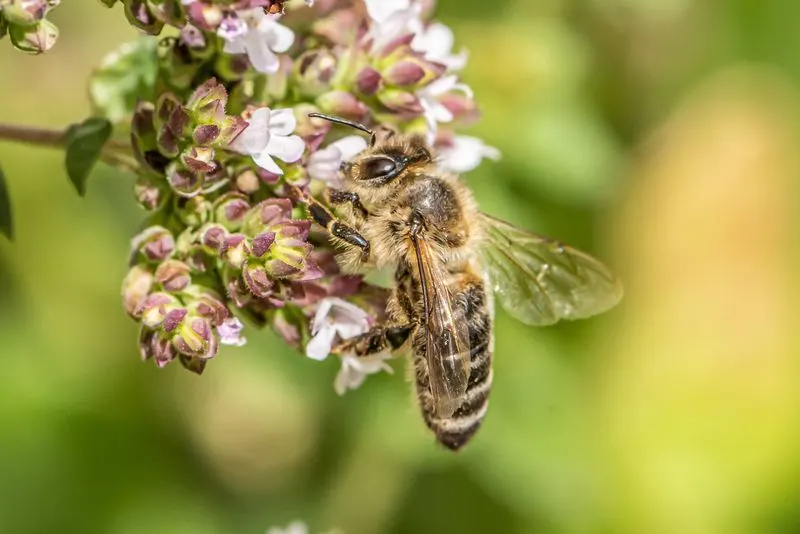
Lemon balm’s aromatic foliage is a magnet for pollinators, inviting bees, butterflies, and a host of other insects. While this biodiversity boost is beneficial, it can also attract pests such as aphids and spider mites.
Regular inspections and pest management strategies are essential to keep these unwanted visitors in check, adding another layer of complexity to its care.
For an herb considered easygoing, its popularity with insects makes lemon balm a more involved addition to the garden than its reputation suggests.
Sun and Shade Balance
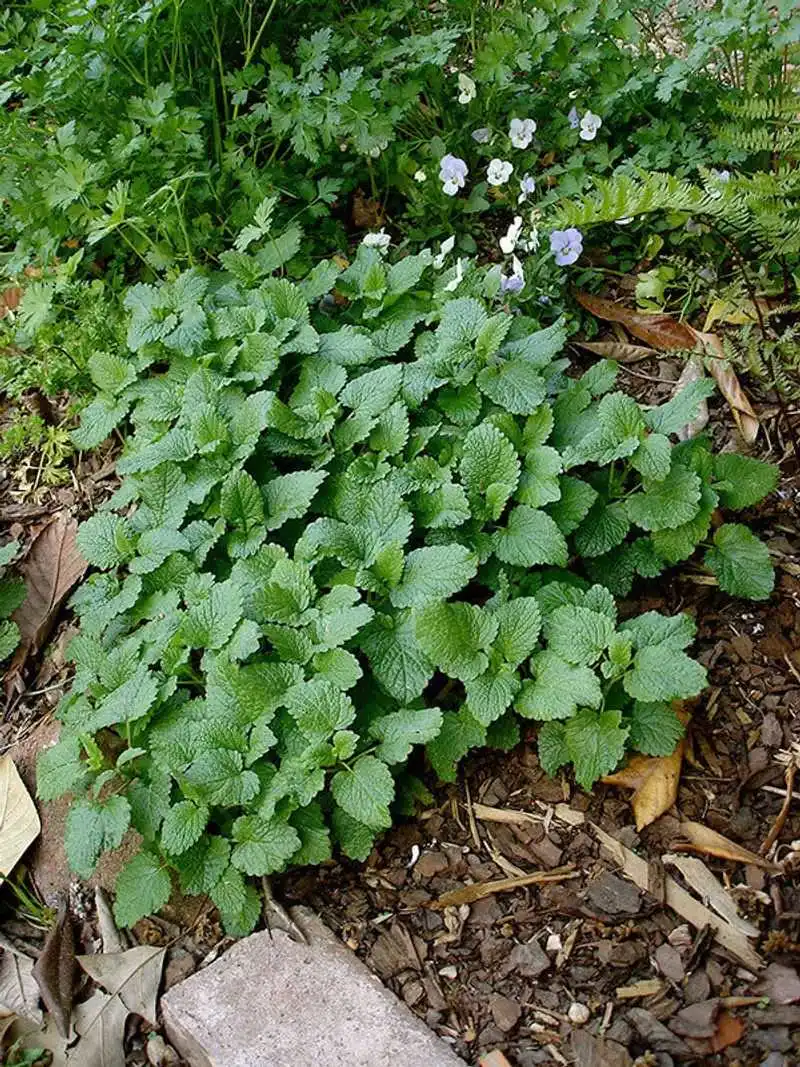
Finding the perfect spot for lemon balm involves a dance between sun and shade. It thrives in dappled sunlight, where neither extreme of full sun nor deep shade suits its temperament.
This delicate balance requires strategic planting and sometimes relocation to find the ideal light conditions. Such adjustments demand more effort and experimentation than more adaptable plants.
For gardeners expecting an easy-to-place herb, lemon balm’s lighting demands can be more labor-intensive than anticipated.

